A lake is a large body of water surrounding land and is usually made up of fresh water. Some of the deepest lakes in the world are so captivating that they arouse the curiosity to visit them. Listed down are the five deepest lakes on Earth.
1. Lake Baikal – Asia – 1,637 m (5,369 ft)
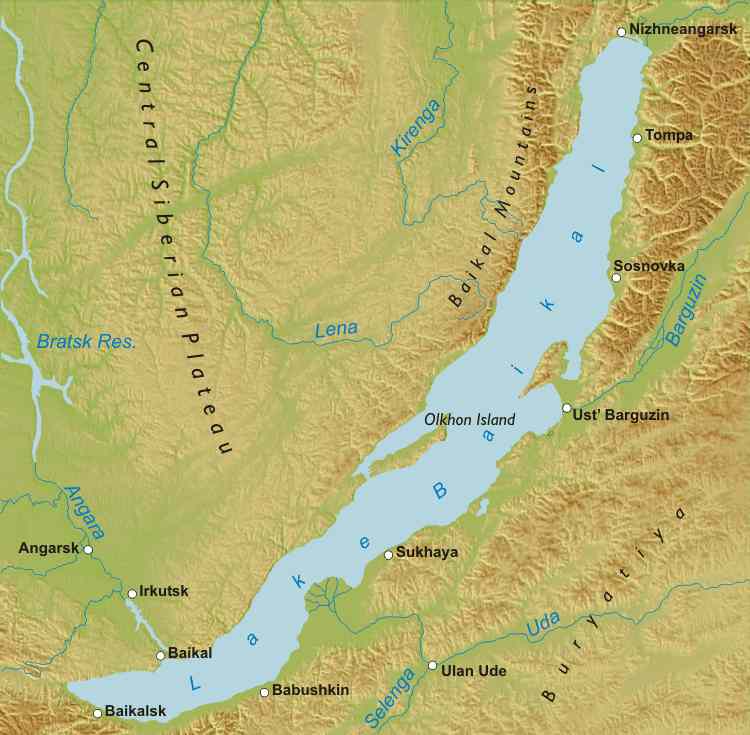
Also known as the “blue eye of Siberia”, Lake Baikal is located in Southern Siberia the Russo-Mongolian border. Lake Baikal is the world’s oldest and deepest lake with a depth of 5,336 feet deep. The incredible average depth is around 2,442 feet deep.



The lake has so much volume to it that it is also recognized as the world’s most voluminous lake. It truly holds over 20% of the world’s total unfrozen freshwater. It is also among the clearest lakes on earth today. On some days visitors to the lake can see down up to 300 feet to the bottom or more. Lake Baikal is a great ecosystem where more than 1,700 species of flora and fauna live; two-thirds of them only to be found here. Completely surrounded by steep mountains and dense forests, the lake has an estimated age of 25-30 million years, making it one of the most ancient lakes in geological history.
2. Lake Tanganyika – Africa – 1,470 m (4,823 ft)
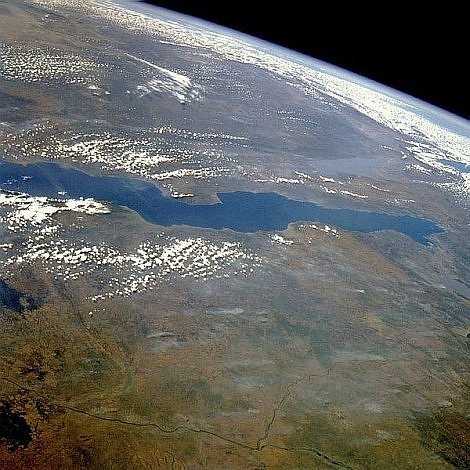
Divided between Burundi, the Democratic Republic of the Congo (45%), Tanzania (41%) and Zambia, Tanganyika is the deepest freshwater lake in Africa. It is the second deepest lake in the world with a maximum depth of 4,823 feet.


From the Republic of Congo to Zambia, the lake formed in a rift valley, which left the biggest shares of the lake to Tanzania and the Republic of Congo. Lake Tanganyika is a source of the Congo River which is the 8th longest river in the world and second-longest in Africa after the Nile.
Also Read: River Nile – The Longest River of the World
Crocodiles and hippopotamus can both be found in the lake as well as many colorful species of fish that aquarium owners around the world covet. The million or more people who live around Lake Tanganyika rely heavily on fish from the lake for food. Some tourists in Africa for safaris will also take a side tour of Lake Tanganyika.
3. Caspian Sea – Asia – 1,025 m (3,363 ft)
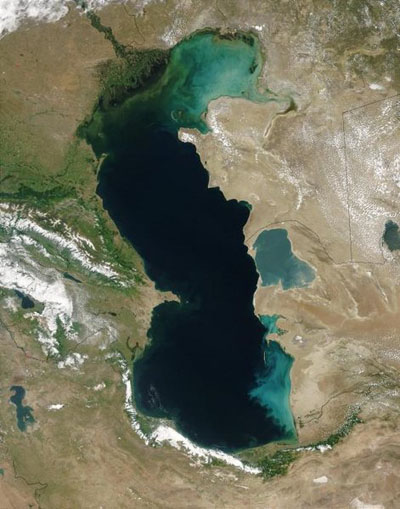
At a depth of 3,363 feet sits the Caspian Sea, located in western Asia. It is shared by five countries – Russia, Kazakhstan, Turkmenistan, Iran and Azerbaijan.
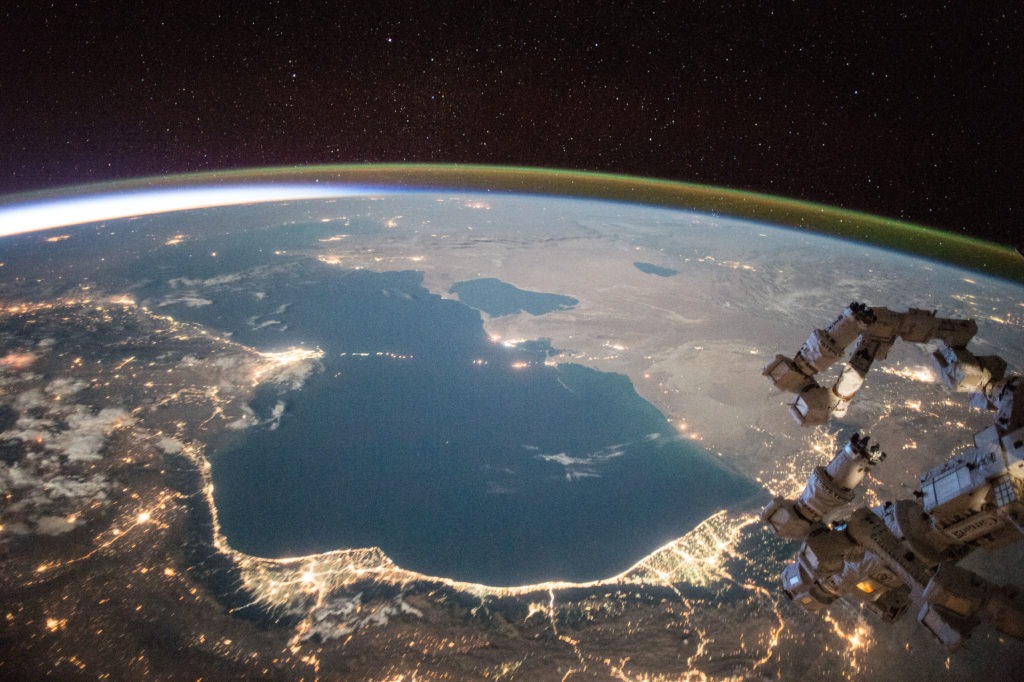
The Caspian Sea is the largest enclosed body of water in the world. It is often considered the largest surface volume lake on earth though its water is not fresh. Over 130 rivers flow into the Caspian Sea the largest of which is Russia’s Volga River. Whether or not the Caspian Sea should be considered a lake since its water is not fresh is debatable. The salinity of the lake is around 1.45 percent, enough to make it inhabitable for some saltwater marine life. In Iran the lake is known as “the sea of Mazadaran” and in Persia, it is frequently called “Darya ye Khazar. Each country has its own personal uses for the giant lake but for everyone the lake brings harvest marine life for food and industry.
4. O’Higgins Lake (San Martin Lake) – South America – 836 m (2,742 ft)

Located in Patagonia, between the Aysén Region and the Santa Cruz Province, the lake is called O’Higgins in Chile and San Martin in Argentina. It is the deepest lake in the Americas with a maximum depth of 2,742 feet (measured near the O’Higgins Glacier). The lake is very irregular consisting of eight well-defined arms with milky light-blue water coming from the suspended rock flour.

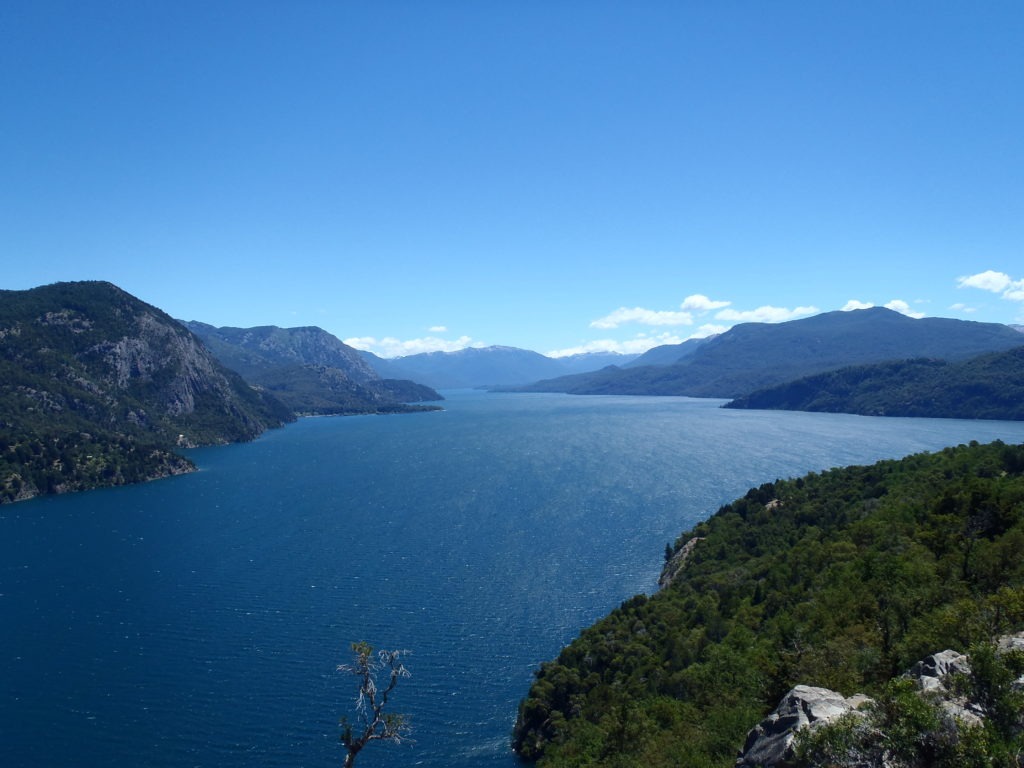
The lake is actually a large series of thin valleys that were flooded throughout the years and have come to form the lake. This is best seen when the lake is viewed from above, in a helicopter for example. A unique characteristic of the lake is its milky light blue shade due to rock flour suspended in the waters. The lake is named after South American heroes José de San Martín of Argentina and Bernardo O’Higgins of Chile, who fought together for the liberation of Chile.
5. Lake Malawi (Lake Nyasa) – Africa – 706 m (2,316 ft)

Also known as Lake Nyasa, Lake Malawi is the most southern lake in the East African Rift valley system, located between Malawi, Mozambique, and Tanzania. At 2,316 feet deep, it’s the second deepest lake in Africa. Thanks to the tropical waters, it has more fish species than any other lake on Earth.


Researchers have studied sediments from core samples of Lake Malawi, which revealed that 100,000 years ago, water levels dropped to about 2,000 feet. It turned the land around the lake into a semi-desert and arid scrubland habitat. According to some, this may be why early man fled from Africa to colonize other parts of the world. The lake was discovered in 1859 by European explorer David Livingstone. He named it Nyasa which meant lake or large body of water in the local language. Today the countries of Malawi and Tanzania dispute which parts of the lake belong to each country. Malawi generally tries to claim all of the lake’s surface area that is not in Mozambique.



